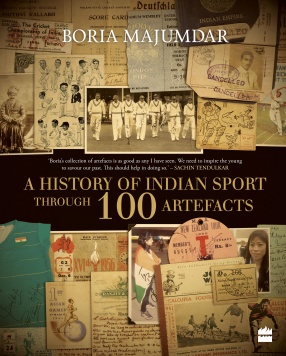
Boria Majumdar

Showing all 8 books
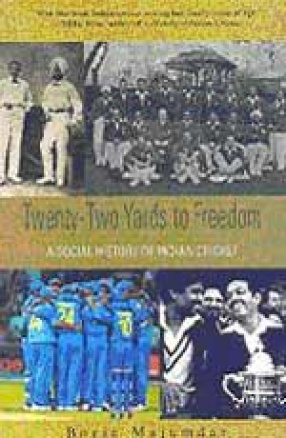

A History of Indian Sport through 100 Artefacts brings together never-before-seen objects – tickets, scorecards, telegrams, letters, newspaper reports – and facts from the annals of Indian sporting history. There is a wealth of tales and nuggets within these pages: the Mohun Bagan team defeating the East Yorkshire Regiment in 1911 to lift the IFA Shield, Ranji’s love poems for Mary Holmes, the 1932 cricket tour of England, India’s hockey ...
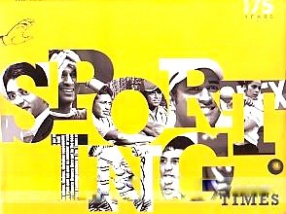

Need a compass to find your way around the kitchen? Need your mum to help you fry an egg?
Then Cooking on the Run is for you. It has all the crucial cooking tips you need to survive easy shortcuts to a scrumptious meal, in minimal time, without too much effort. Learn how to whip up a basic vegetable stew. Master the complexities of the chicken biriyani. Even serve up traditional Indian desserts like kheer kamla or semaiyar payesh. There are recipes both ...
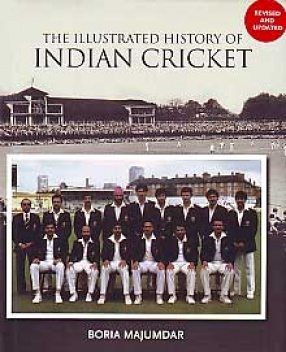
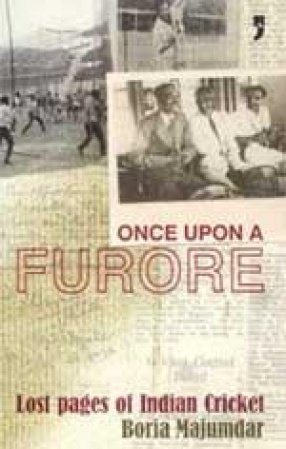
Did you know that Lala Amarnath was once charged with accepting a purse of Rs. 5,000 from cricket enthusiasts in Calcutta for including a Bengali player in the Indian side? Or that an Indian side was forced to come back from the UK because they had no money to eat and live on? Or that match fixing was alive and well in India as early as 1948? These are some of the controversial moments in Indian cricket history which Boria Majumdar retrieves from the dusty ...
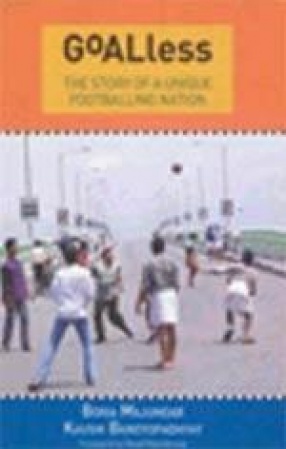
Was soccer the unique Indian answer to the imperial charge of effeminacy held against the educated Indian male in the late nineteenth century? Was Mohun Bagan’s victory in 1911 a triumph of Indian nationalism? Is there a significant relationship between football, politics and economics in colonial and post-colonial India? Cricket is undoubtedly what moves the majority of the subcontinent, but isn’t there a niche that tracks and lives football in ways that ...
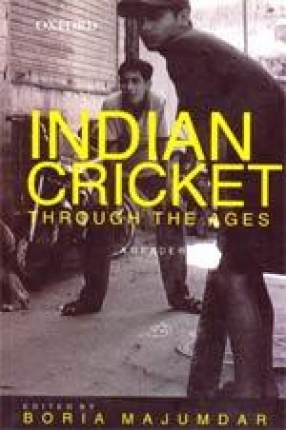
When Bhuvan compared cricket to gilli danda in Lagaan, many laughed. But cricket was indeed referred to as gilli danda in India in the late nineteenth century. When, in 1893, the villagers of Champaner played cricket in their dhotis they presented a very incongruous picture to the contemporary viewer. Even as late as 1931. Indians donned dhotis to assert their national identity when playing against the English. Replete with accounts of such fascinating stories, ...

Few sports obsess and engross societies as much as cricket does in India. From its introduction to the country in the late nineteenth century, cricket has been at once a barometer of and a trigger for social change in India. The British Raj saw it as part of a civilizing mission; Indians saw it as a tool of social acceptability, a nationalist statement-even a gentle form of subversion. With the beginning of Indian cricket’s commercial revolution in the 1930s, ...
